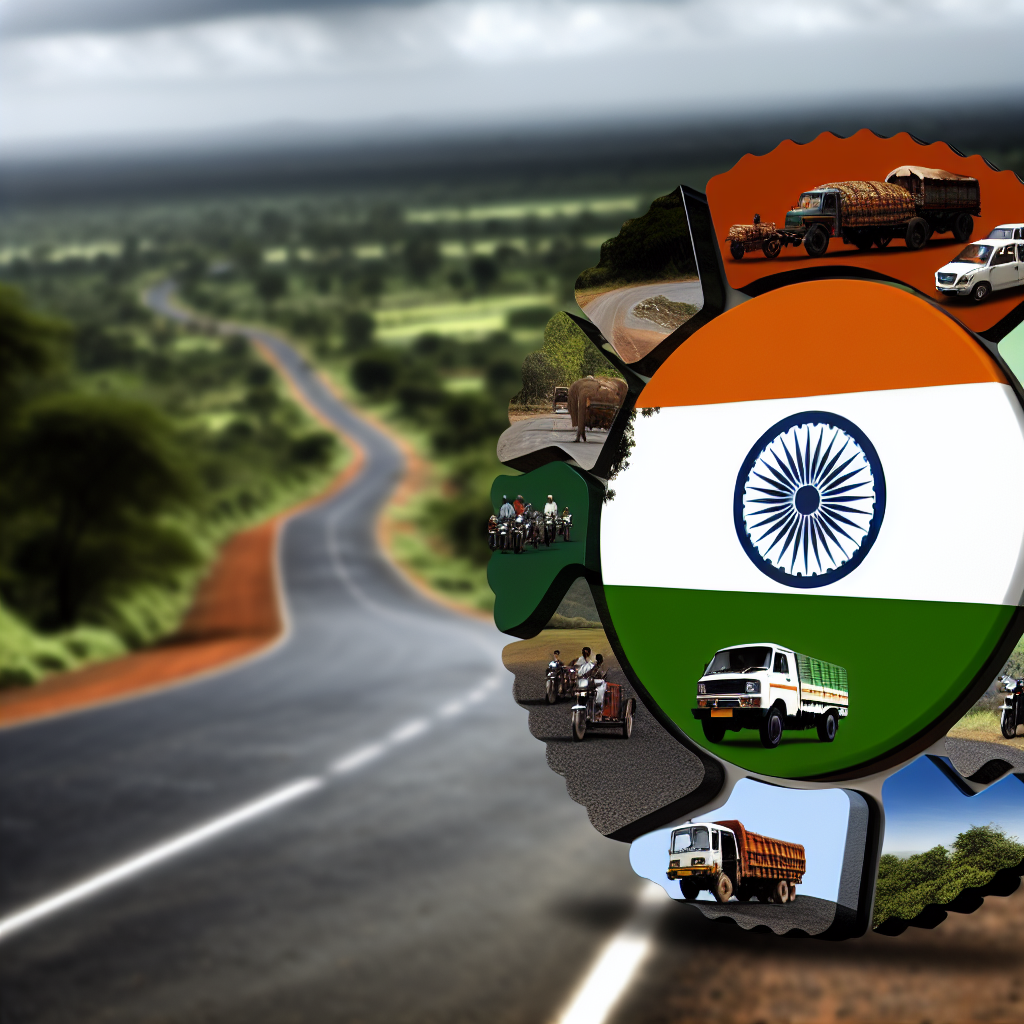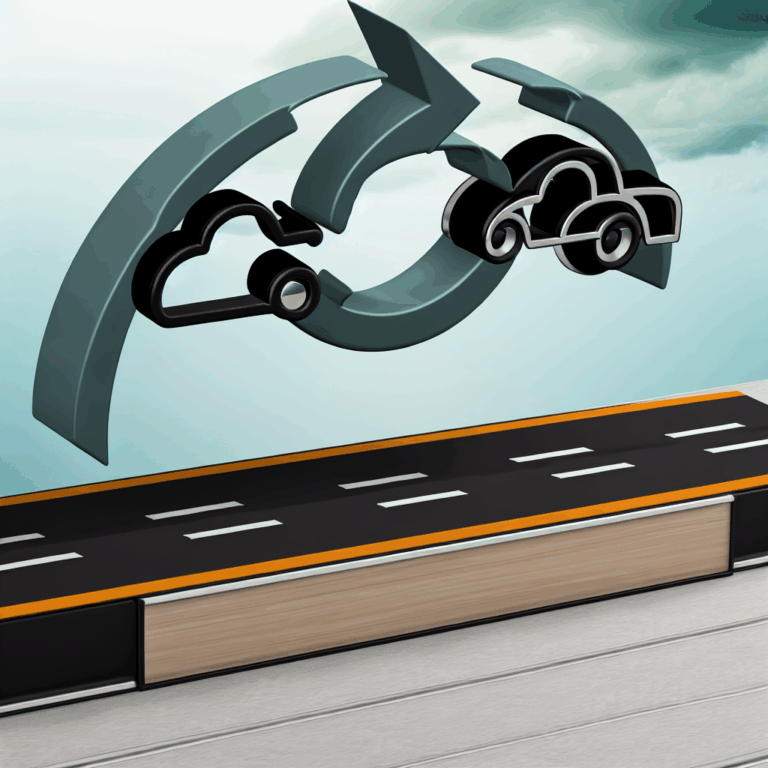Copyright @ 2023 www.digimitr.com. All rights reserved.

Revamping India’s Roads: An In-Depth Look at the Voluntary Vehicle Fleet Modernization Programme by the Ministry of Road Transport & Highways
Learn about the details of the government scheme titled “Revamping India’s Roads: An In-Depth Look at the Voluntary Vehicle Fleet Modernization Programme by the Ministry of Road Transport & Highways”. This program is overseen by the relevant ministry and aims on providing benefits to eligible beneficiaries.
Here is a comprehensive overview:
In a nation where the vehicle population is continually on the rise, India faces pressing challenges in terms of road safety, pollution, and traffic congestion. Recognizing these issues, the Ministry of Road Transport & Highways (MoRTH) has introduced the Voluntary Vehicle Fleet Modernization Programme (VVMP). This initiative aims to modernize the vehicle fleet in India, promoting the transition to cleaner and safer transportation. With support from various stakeholders, the VVMP is a transformative step toward enhancing road quality and environment-friendly practices across the country.
Eligibility Criteria
The VVMP targets vehicles that meet specific age and emission standards. Primarily, vehicles over 15 years old are eligible for voluntary scrappage and modernization. The criteria focus on both commercial and personal vehicles, making it inclusive of a wide demographic of vehicle owners. Owners of old vehicles can easily participate by verifying their vehicle’s registration status and age, thus contributing to a cleaner and more efficient transportation network.
Key Features and Benefits
The VVMP is characterized by several key features designed to facilitate a smooth transition for vehicle owners and enhance overall road infrastructure. One of the standout aspects of the program is the provision for incentives. Financial rewards are made available to vehicle owners who voluntarily scrap their old vehicles, which can be utilized toward the purchase of new, more efficient models. This scrappage incentive not only makes it financially viable for vehicle owners to transition to modern vehicles but also motivates them to take part in the program.
Another significant feature is the alignment with the government’s goal of reducing vehicular emissions. Modern vehicles are subject to stringent emission standards, thus contributing to improved air quality and sustainability. Furthermore, a modernized vehicle fleet can enhance road safety, as new vehicles are equipped with advanced safety technologies. Additionally, the program fosters an environment for job creation in vehicle manufacturing, recycling, and management sectors.
Application Process
Participating in the VVMP is designed to be straightforward, encouraging a larger response from the public. Vehicle owners must start by submitting an application through the dedicated online portal. The process involves providing essential details such as vehicle registration, age, and condition. After submission, a verification process is undertaken, which may include an inspection of the vehicle to confirm eligibility.
Once verified, vehicle owners are informed about the scrappage incentives available. Upon acceptance of the offer, owners can scrap their old vehicles at designated facilities. Simplifying the process ensures that more citizens can easily access and benefit from this modernization initiative.
Funding and Budget
Funding for the VVMP has been allocated from the central budget, underlining the government’s commitment to revamping India’s road infrastructure. The exact budget numbers may vary from year to year, but significant resources are dedicated to support scrappage incentives, public awareness campaigns, and setting up the necessary infrastructure. The initiative is designed to use these funds efficiently, resolving any bottlenecks in the modernization process.
In addition, the government also seeks collaboration with financial institutions to facilitate loans for the purchase of new vehicles. This multi-faceted funding approach is aimed at ensuring the program’s sustainability while also supporting the transition of vehicle owners into modern, eco-friendly alternatives.
Achievements or Impact
Since its inception, the VVMP has registered several significant achievements. As awareness of the program has spread, the number of participating vehicle owners has steadily increased. This has led to an observable decline in older vehicles on the roads, which in turn reduces emissions and improves air quality. The program has facilitated the scrapping of thousands of outdated vehicles, contributing directly to environmental benefits as newer vehicles with advanced technologies replace them.
Moreover, the VVMP has positively impacted the local economy. The boost in vehicle manufacturing and recycling activities has led to job creation, thus helping in economic revival. Public awareness campaigns have also led to improved understanding of the benefits associated with modern vehicles.
Challenges
Despite its successes, the VVMP faces challenges that may hinder its overall objectives. One primary concern is the public’s reluctance to participate due to emotional attachments to older vehicles or skepticism regarding the government’s promises of incentives. Effective communication strategies are essential to foster trust and encourage participation.
Additionally, the infrastructure for scrappage and recycling is still developing, which could limit the program’s effectiveness in certain regions. Ensuring that these facilities are readily available and convenient for vehicle owners is crucial for maximizing participation rates.
Recent Updates
Recent updates have highlighted the government’s ongoing commitment towards enhancing the VVMP. Newer technologies for vehicle scrapping and recycling have been introduced, improving overall efficiency. Additionally, campaigns aimed at raising awareness about the program have gained momentum, thereby increasing public engagement.
Moreover, partnerships with private companies have been established to expand the options available to vehicle owners. The government is also conducting feedback assessments to address public concerns, thus refining the process based on real-time opinions and circumstances.
Conclusion
Revamping India’s roads through the Voluntary Vehicle Fleet Modernization Programme is an essential step towards ensuring safer, cleaner, and more efficient transportation. While challenges exist, the program’s commitment to modernizing the vehicle fleet presents a pathway for transformational change. As vehicular pollution and traffic-related issues continue to pose significant threats to public health and safety, initiatives like the VVMP are vital. By fostering awareness, engaging public support, and further enhancing infrastructure, India can look forward to a future with modernized road systems and improved environmental conditions.
FAQ
1. What is the main objective of the Voluntary Vehicle Fleet Modernization Programme?
The primary objective is to modernize the vehicle fleet in India, reducing pollution and enhancing road safety by encouraging vehicle owners to transition from older, high-emission vehicles to newer models with stringent emission standards.
2. How are scrappage incentives determined under the VVMP?
Scrappage incentives are typically based on the age and type of vehicle being scrapped. The more outdated the vehicle, the higher the incentive that owners may receive to encourage them to transition to a modern vehicle.
3. Can both commercial and private vehicle owners participate in the VVMP?
Yes, the VVMP is designed to be inclusive, allowing both commercial drivers and personal vehicle owners to participate, provided they meet the necessary eligibility criteria related to vehicle age and registration.
For more information, check out official government site,
Official government website or relevant source not provided.
Stay updated on related schemes and initiatives using hashtags: #Revamping #Indias #Roads #InDepth #Voluntary #Vehicle #Fleet #Modernization #Programme #Ministry #Road #Transport #Highways
Join the discussion about this scheme in the comments below!





